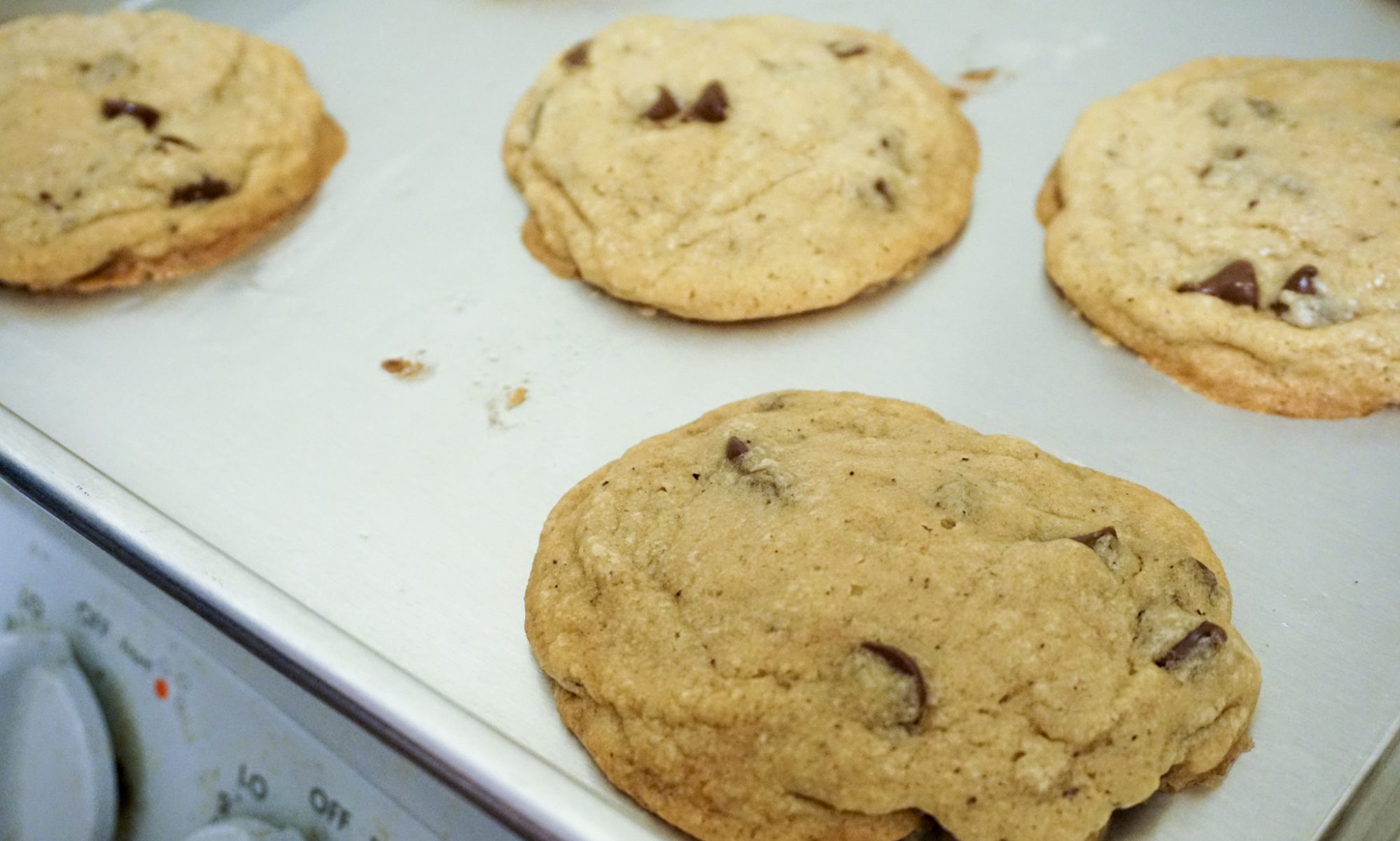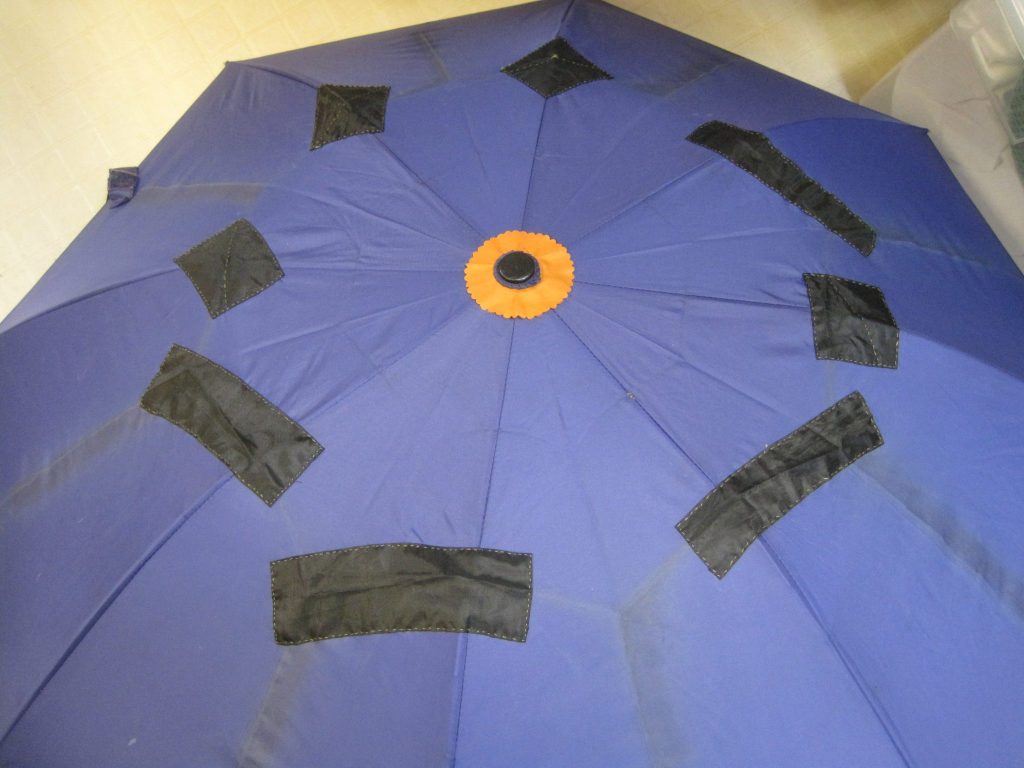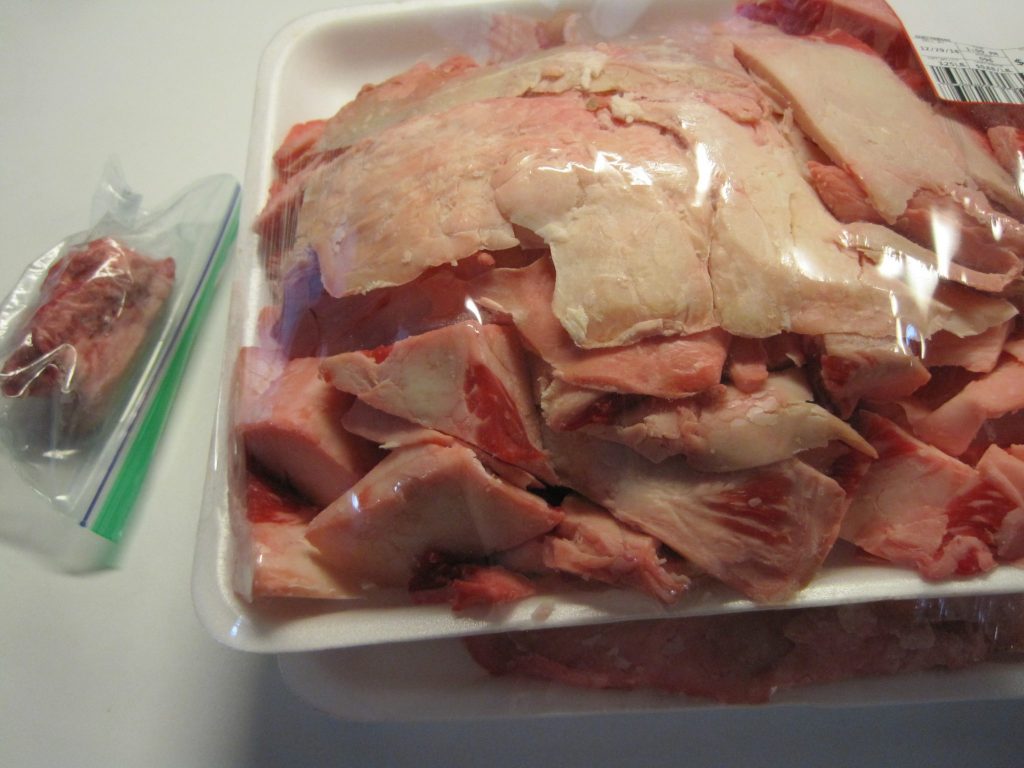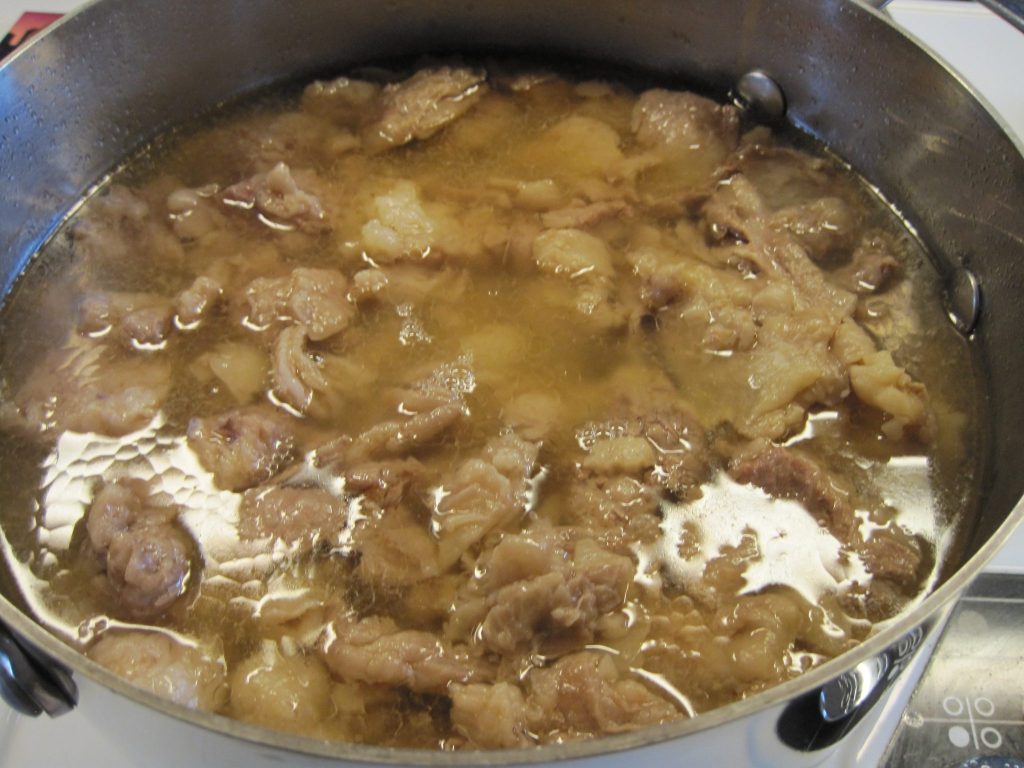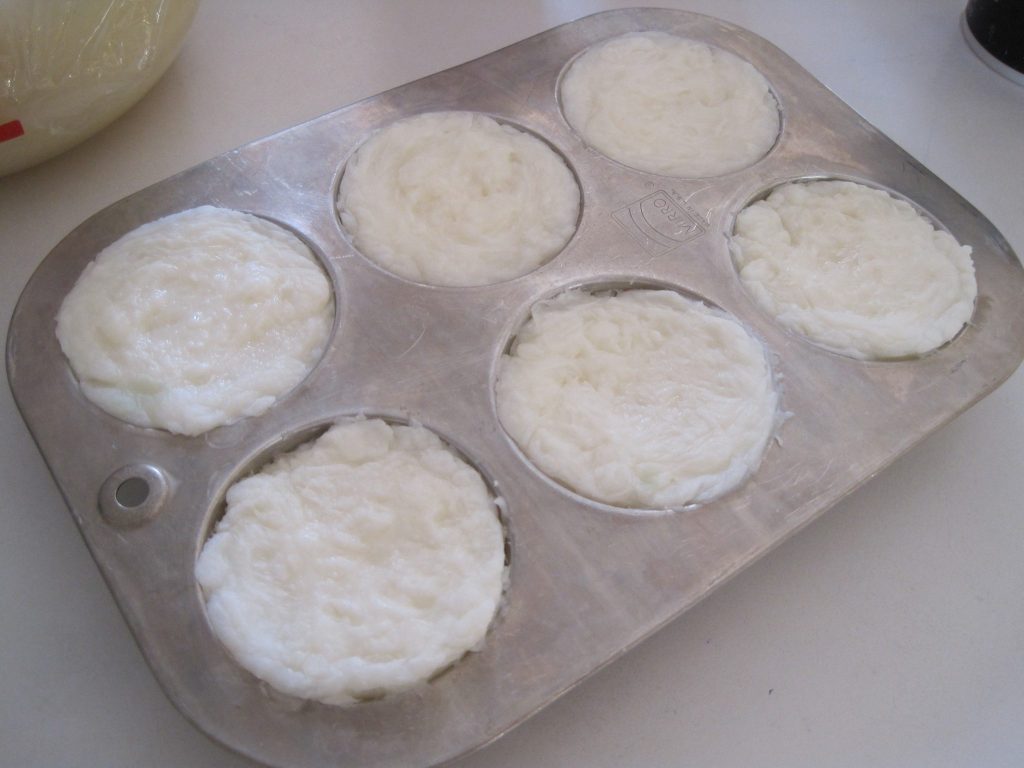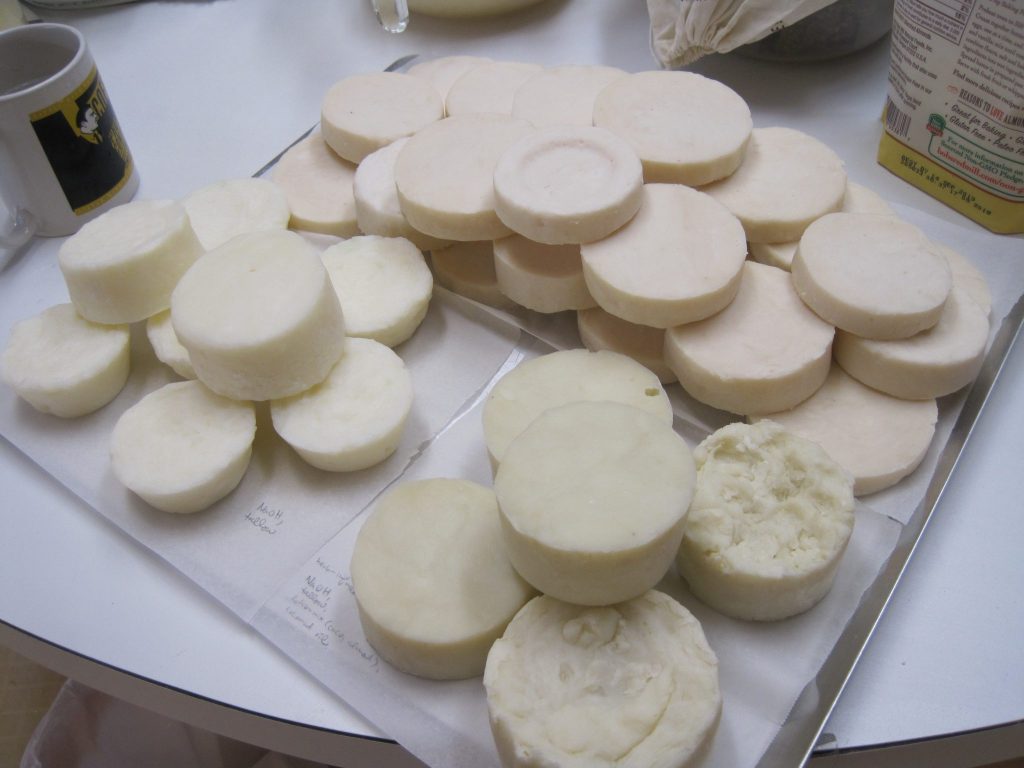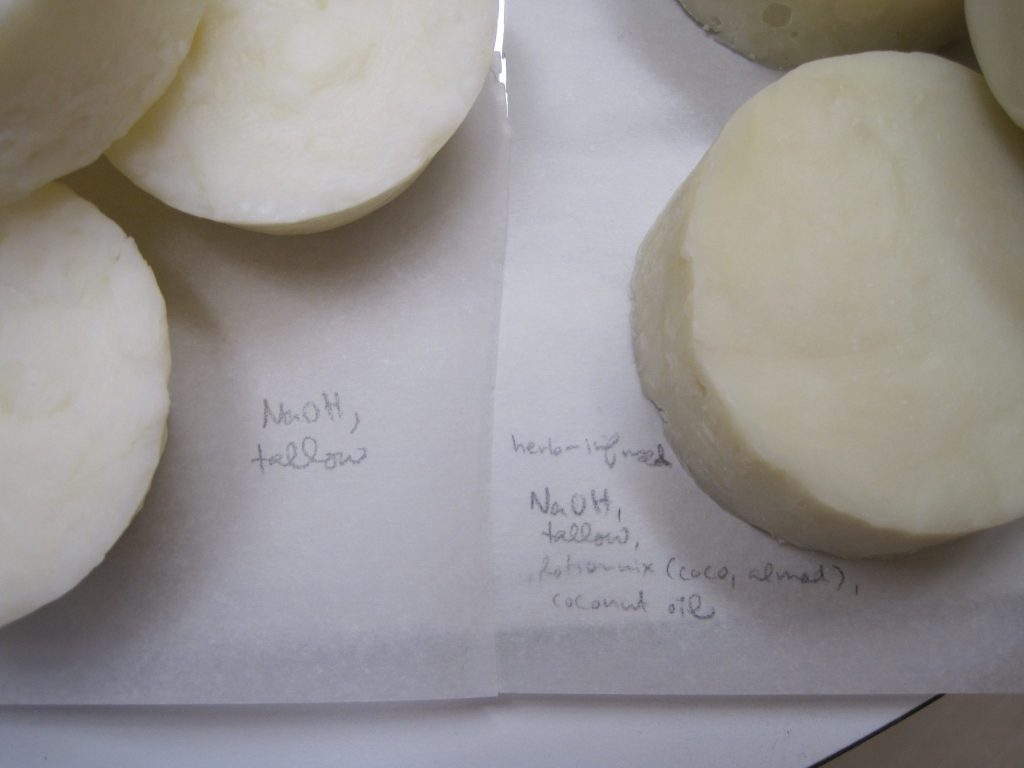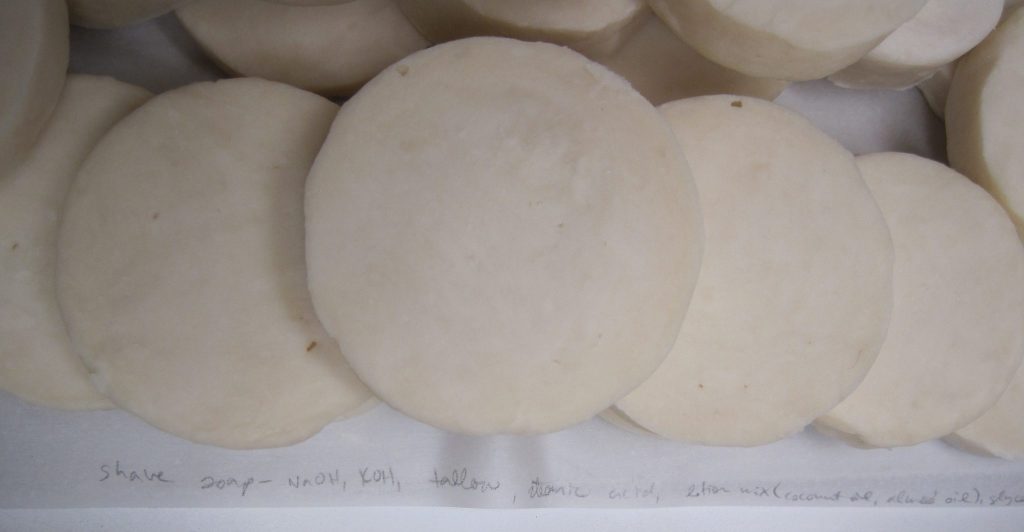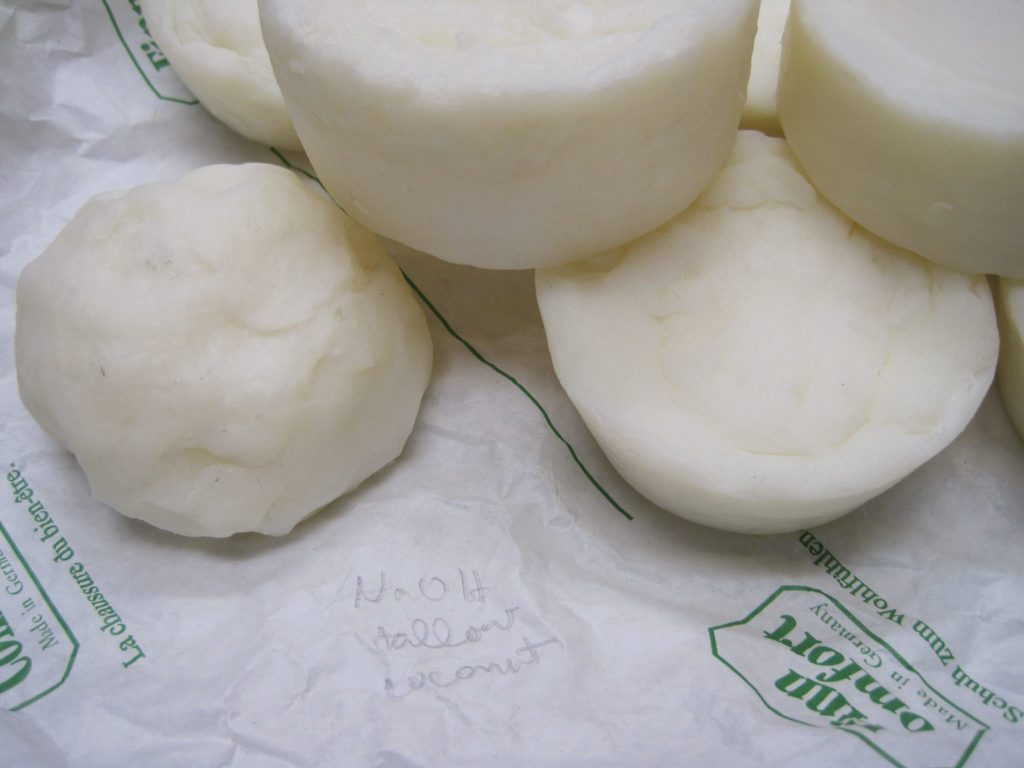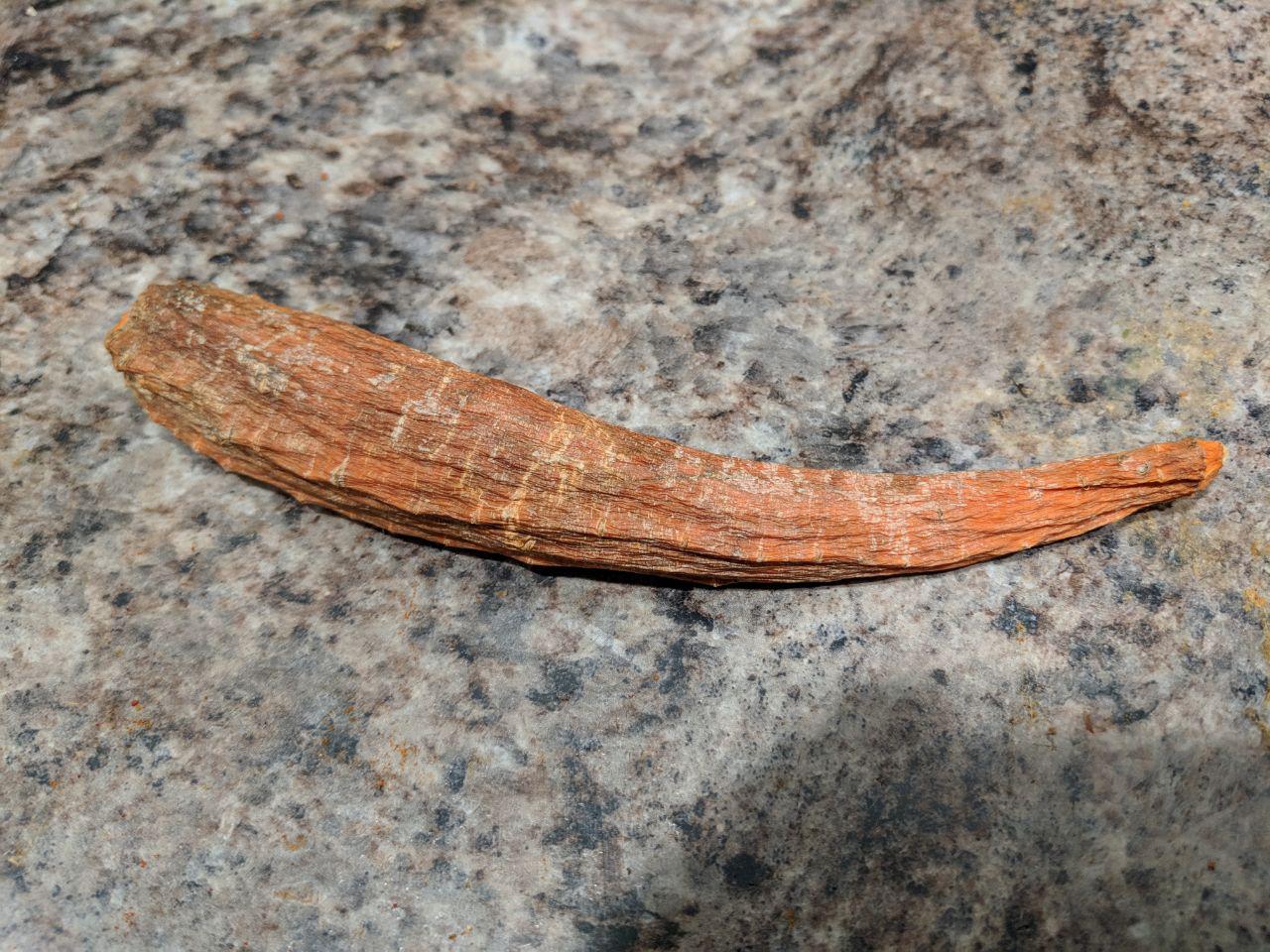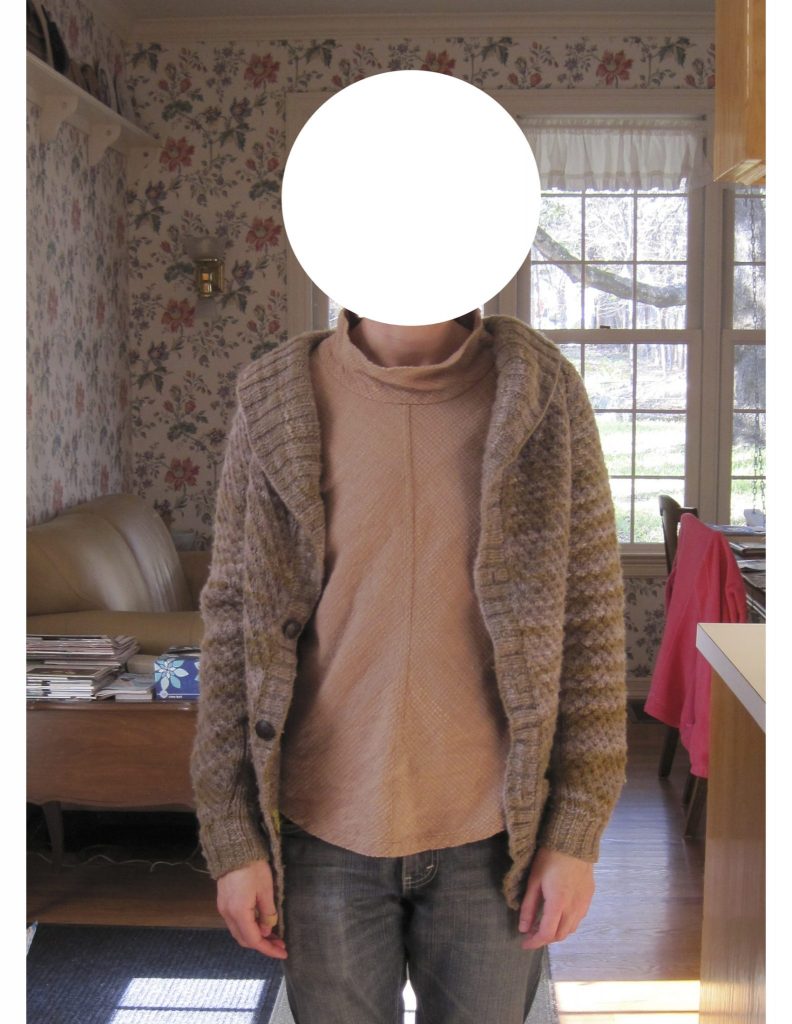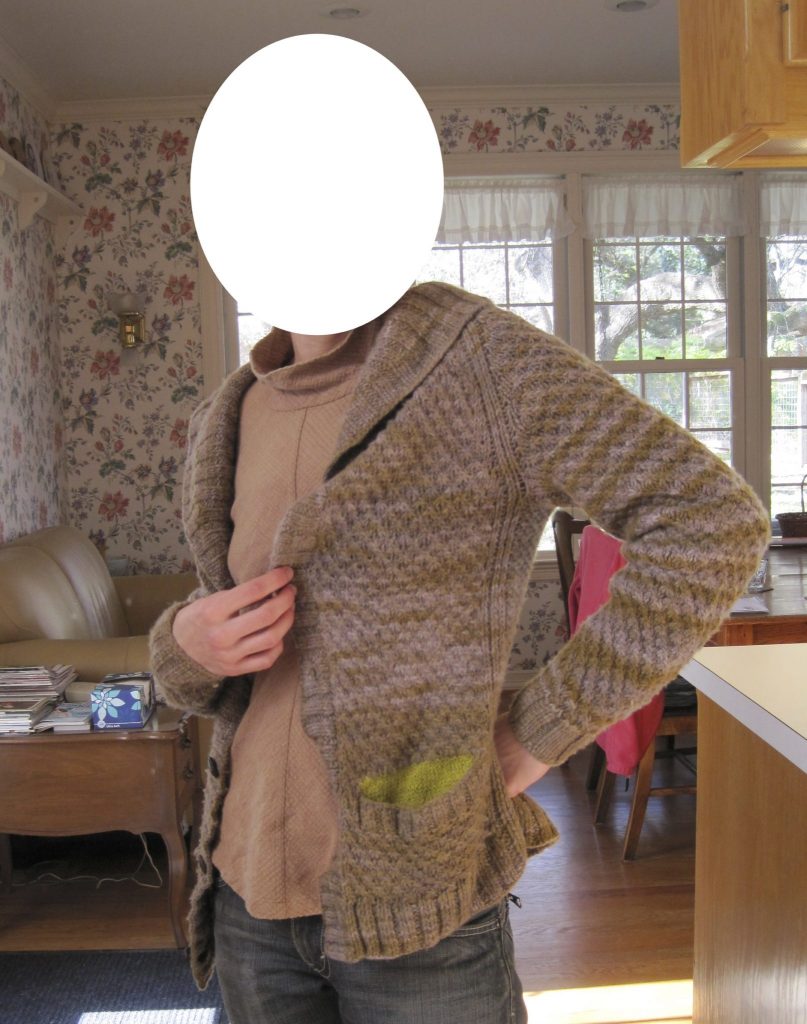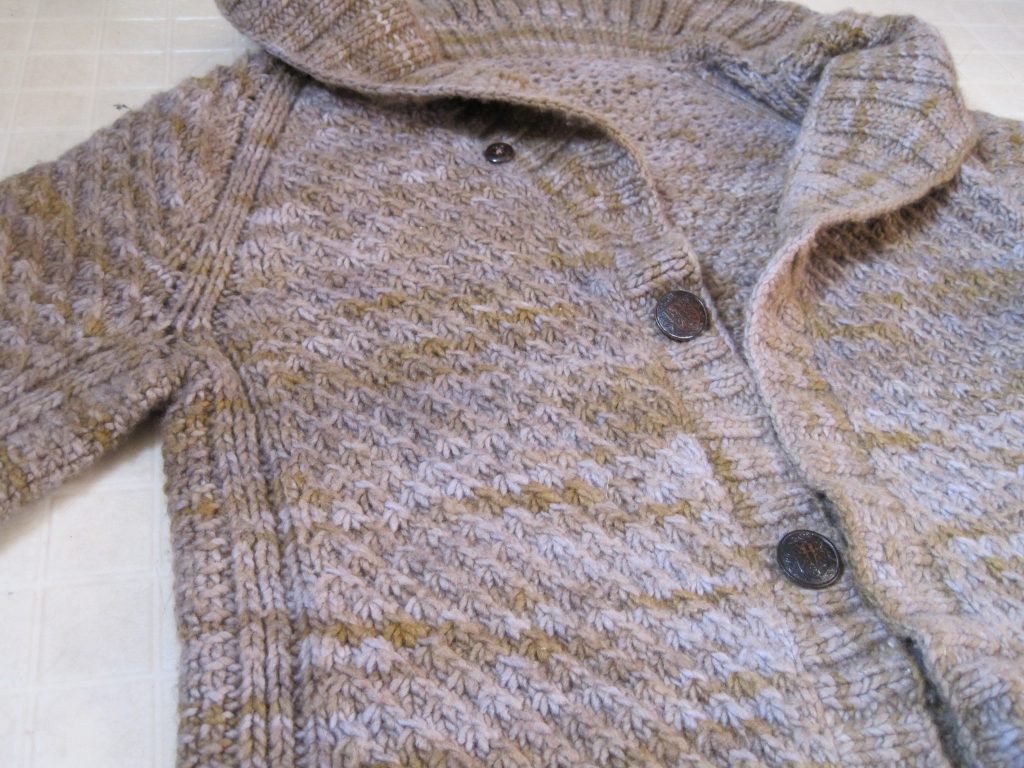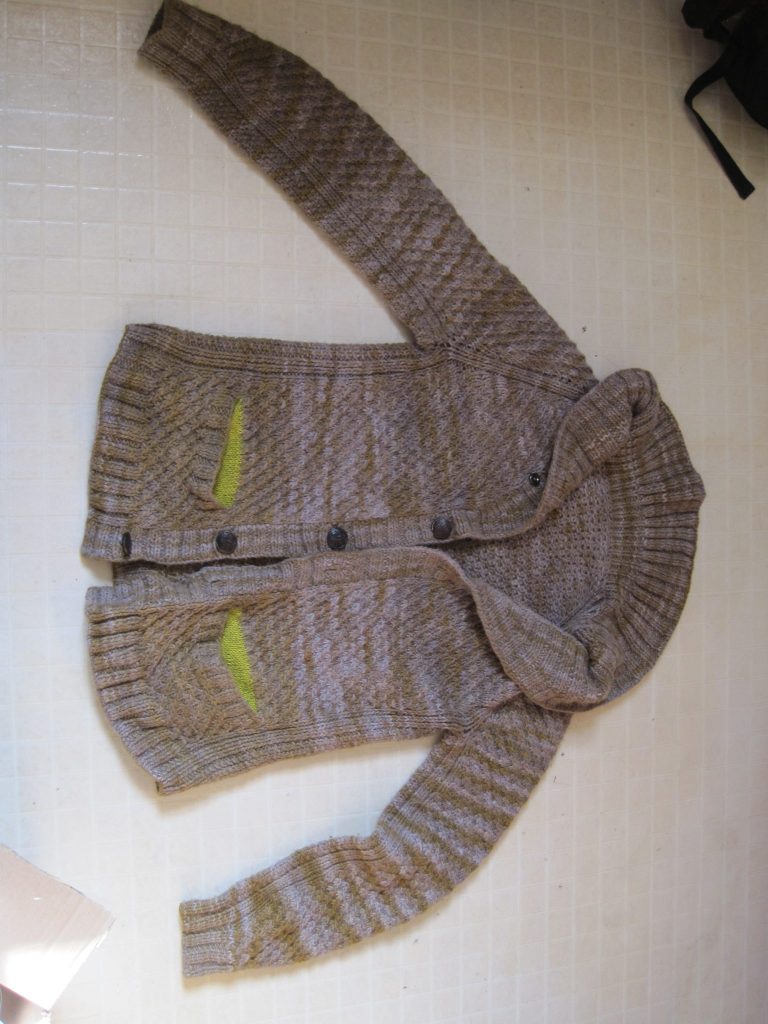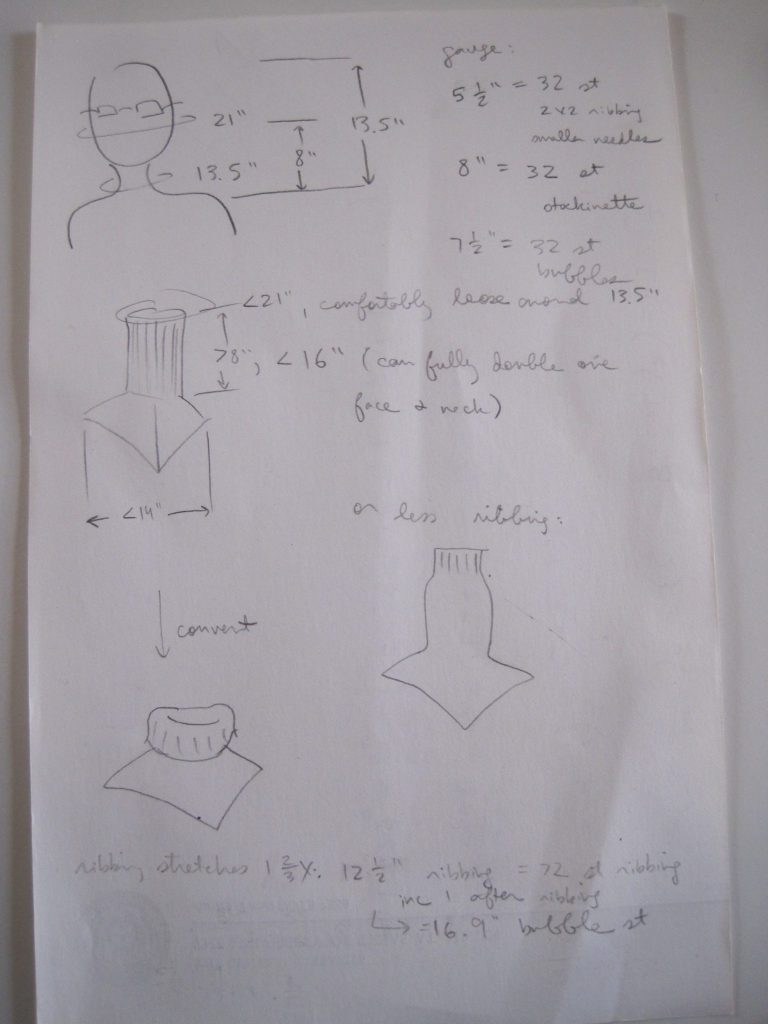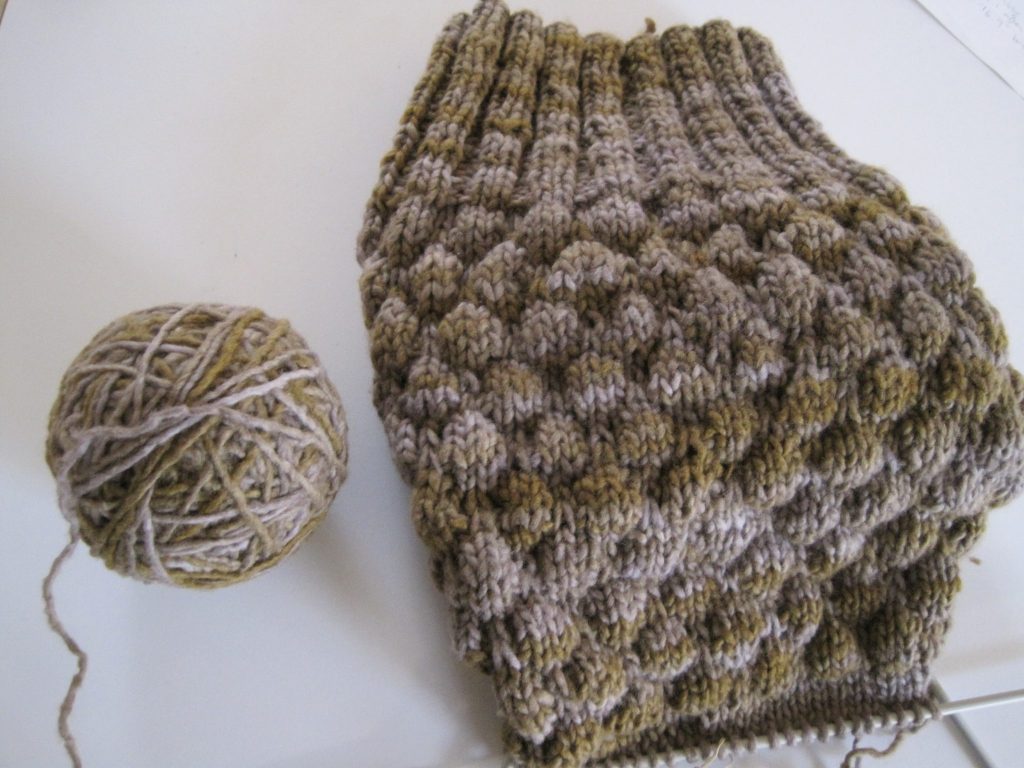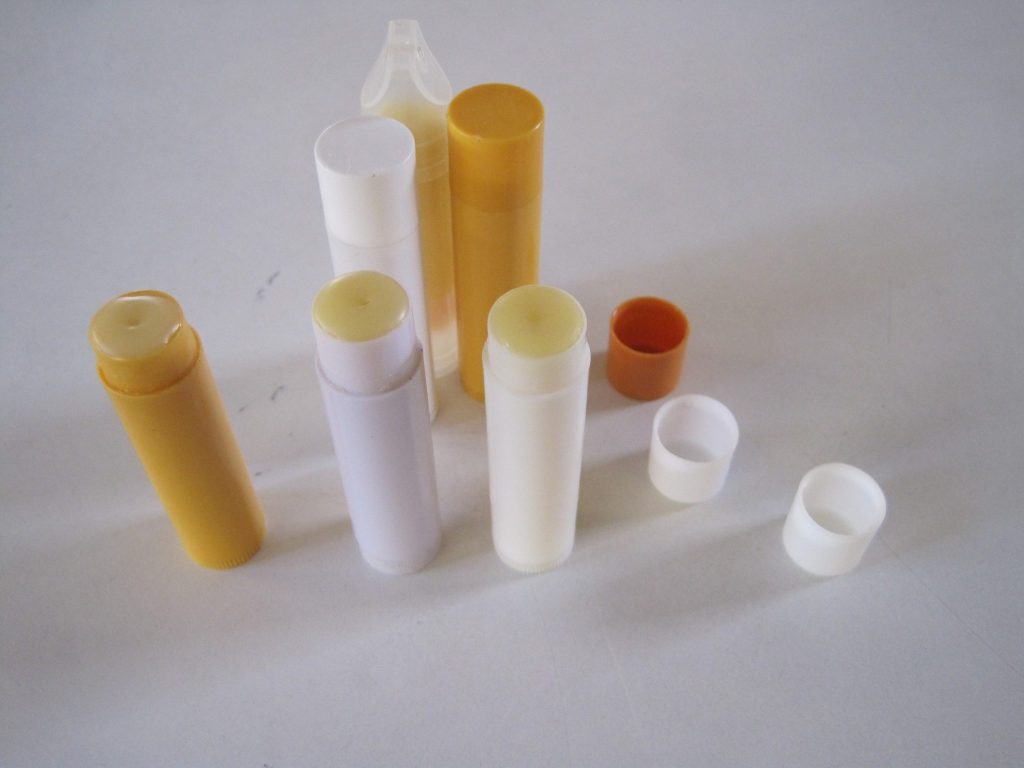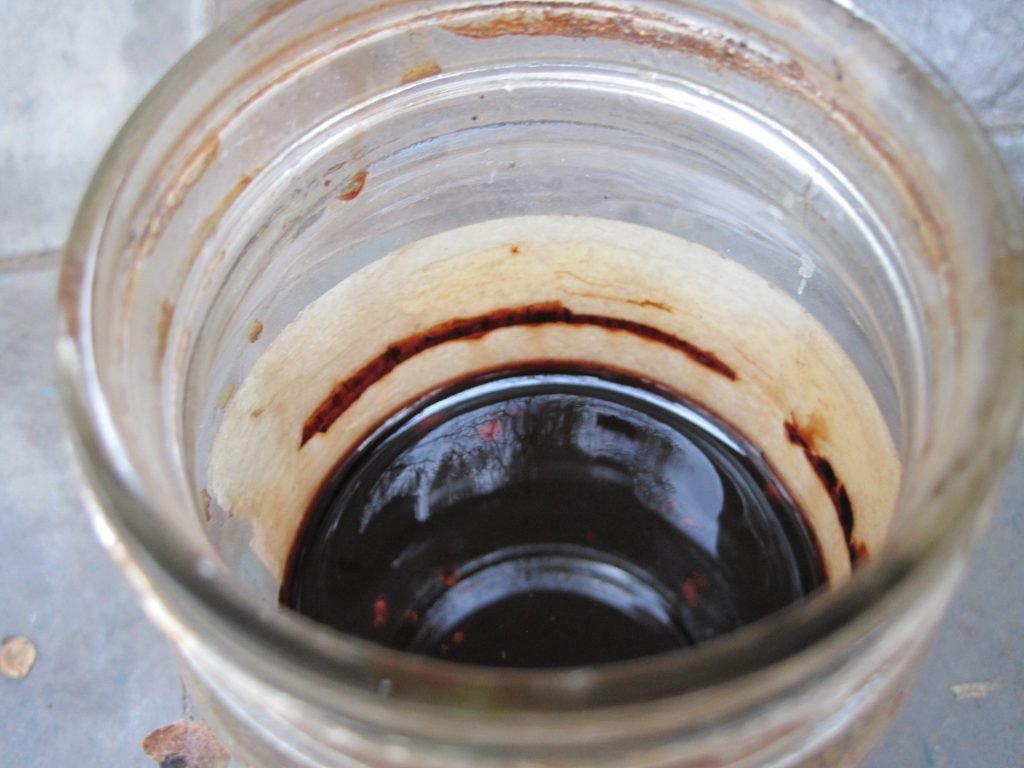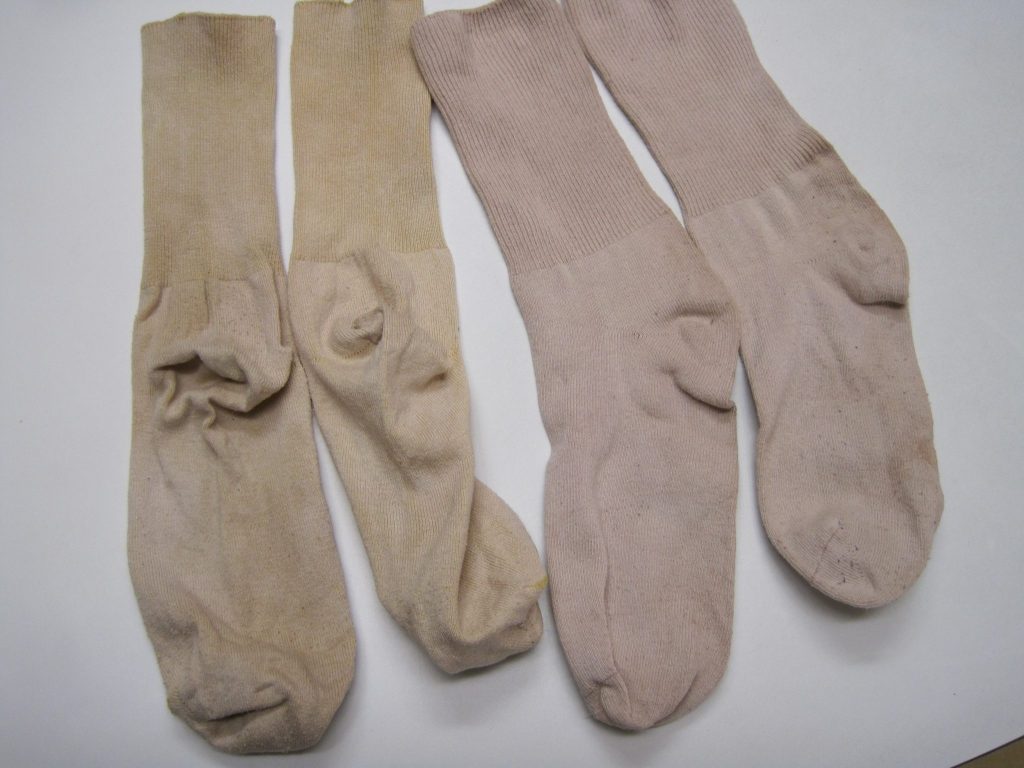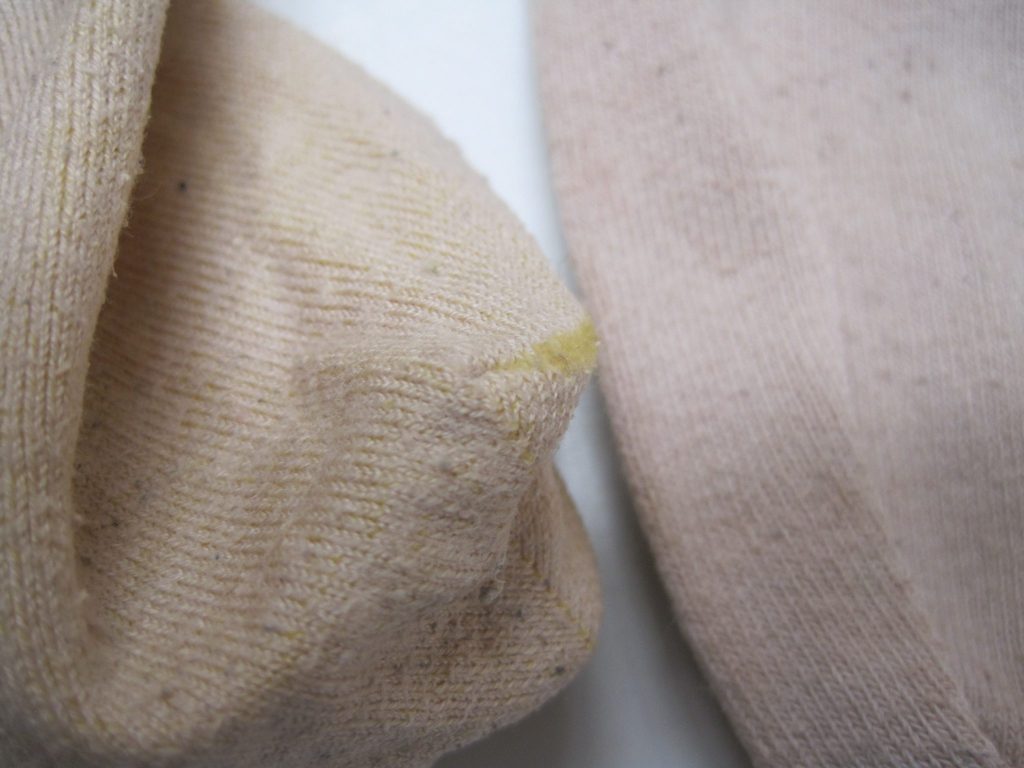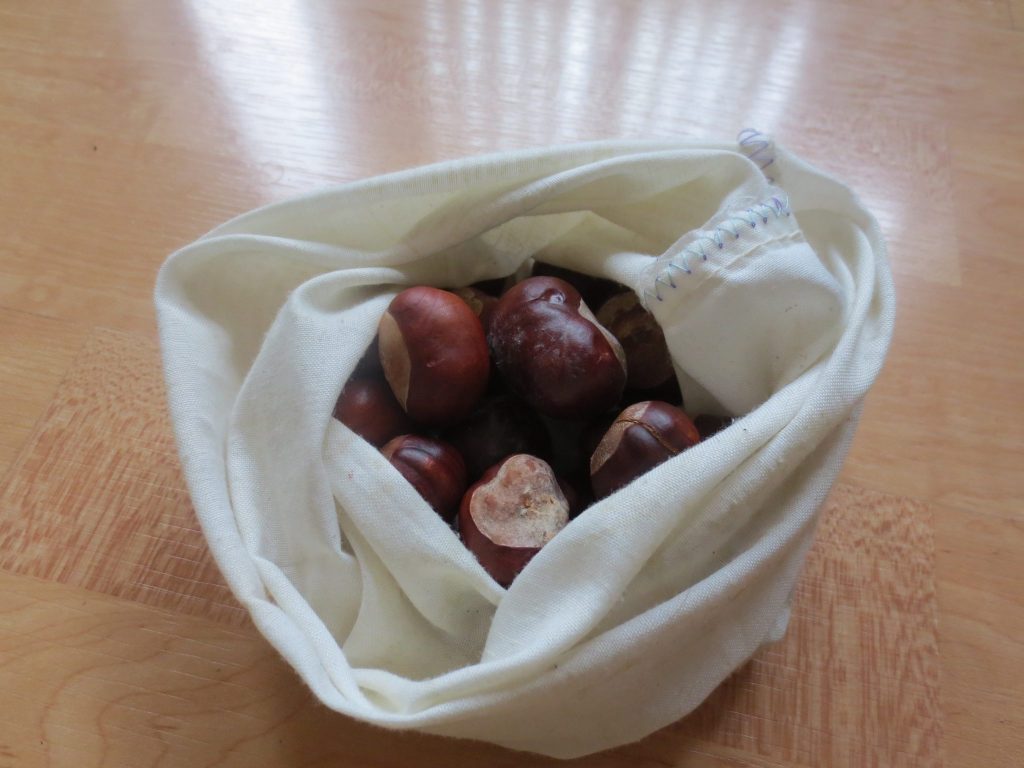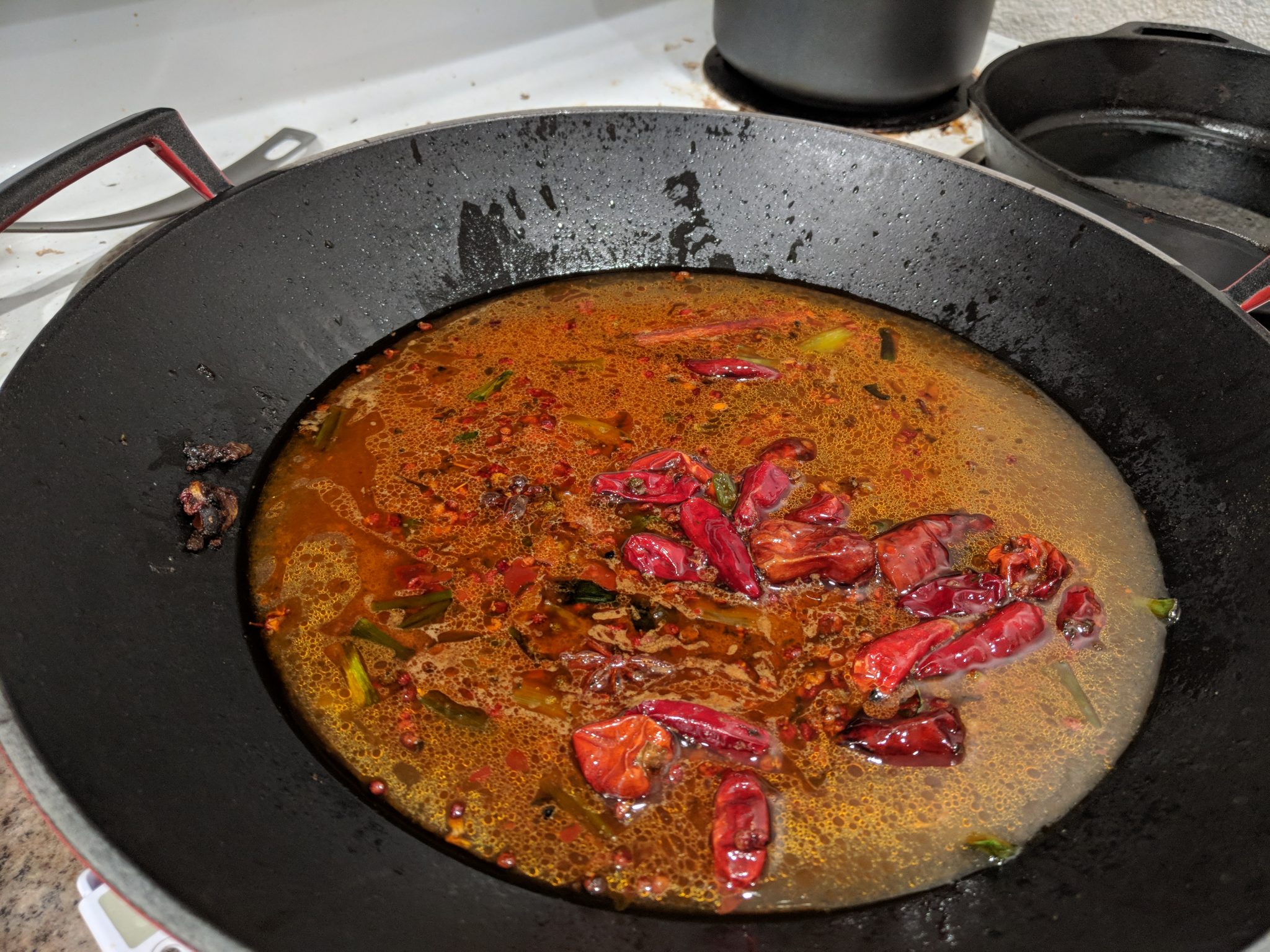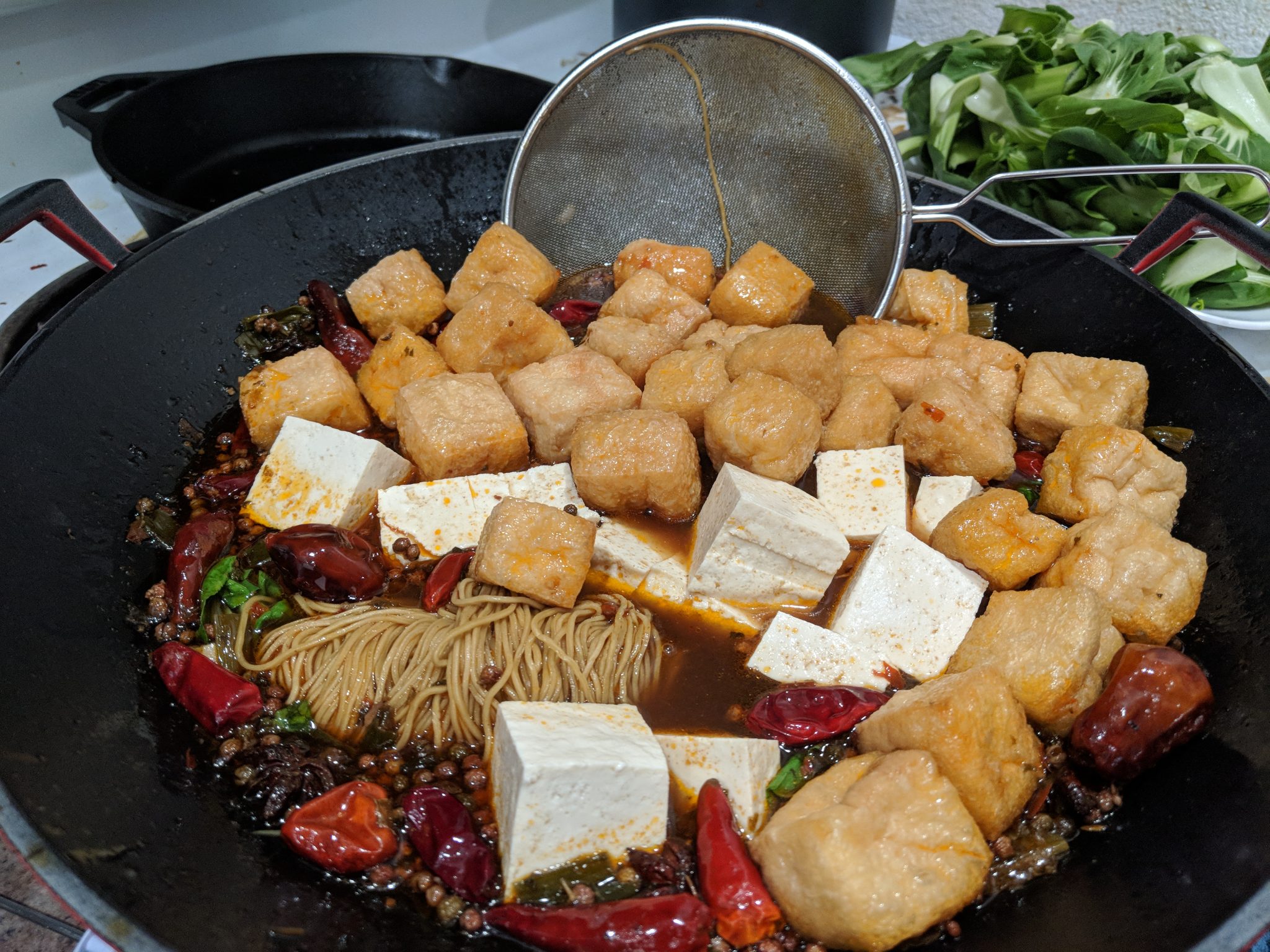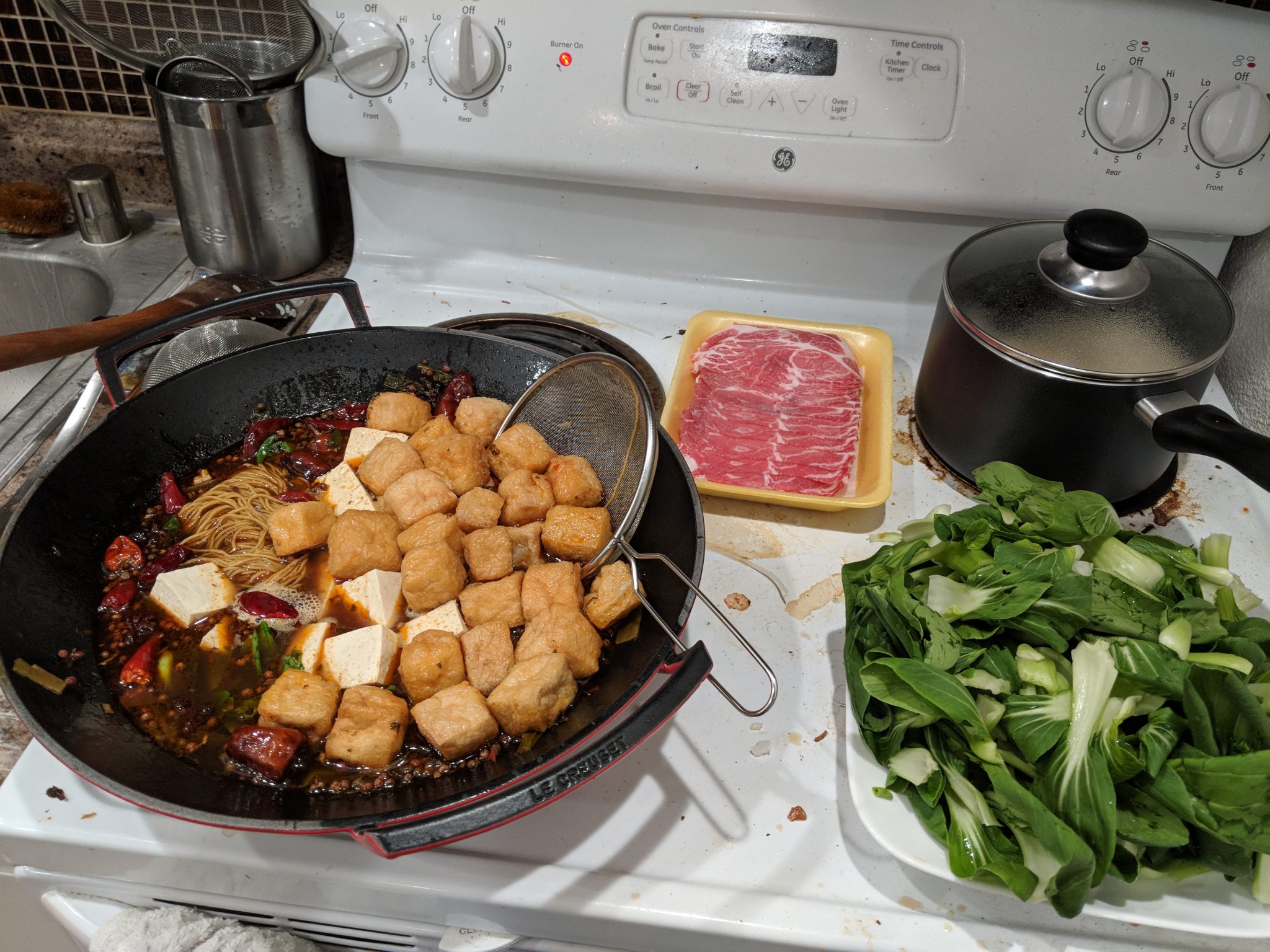I continue to be interested in making shoes. It’d be nice to make welted leather shoes (and I hope to eventually, since my everyday shoes are close to being completely worn out), but they require a lot of specialized tools (see the shoe-making Reddit community for more info). So I thought I’d start with an easier task: making felt slippers! If they turn out well, I may want to make felt shoes also (like Russian valenki, traditional felt boots).
I followed the directions in this tutorial, in addition to watching lots of Youtube videos (Christi Dea makes felt slippers and shoes, and does other weird fiber art).

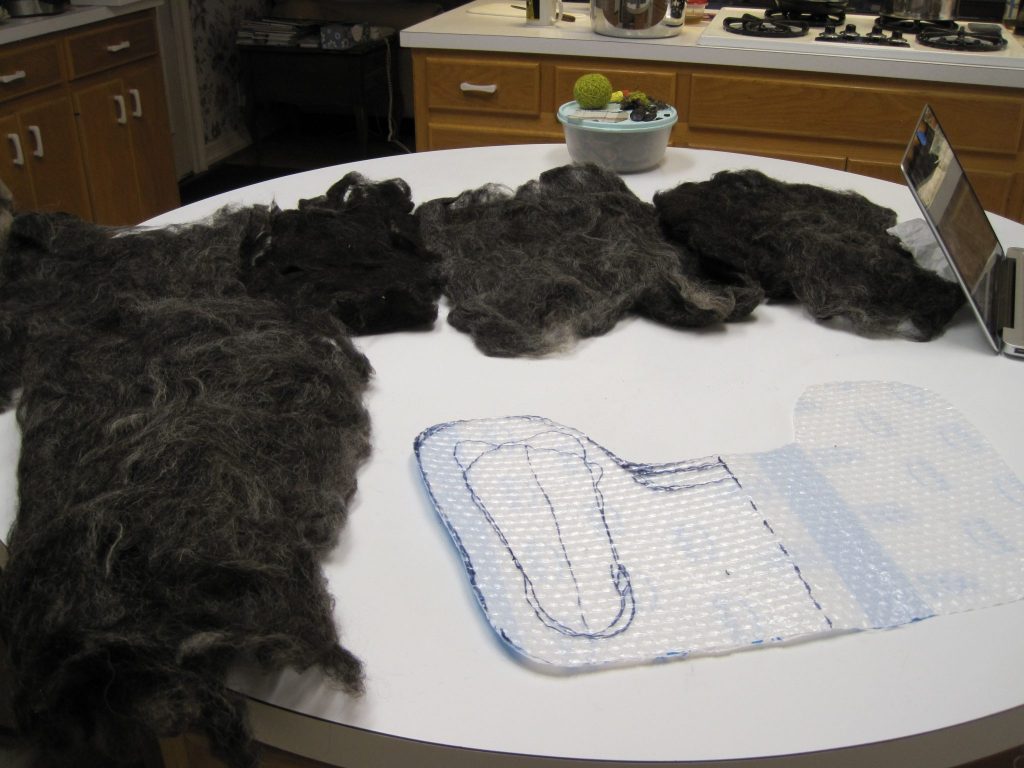
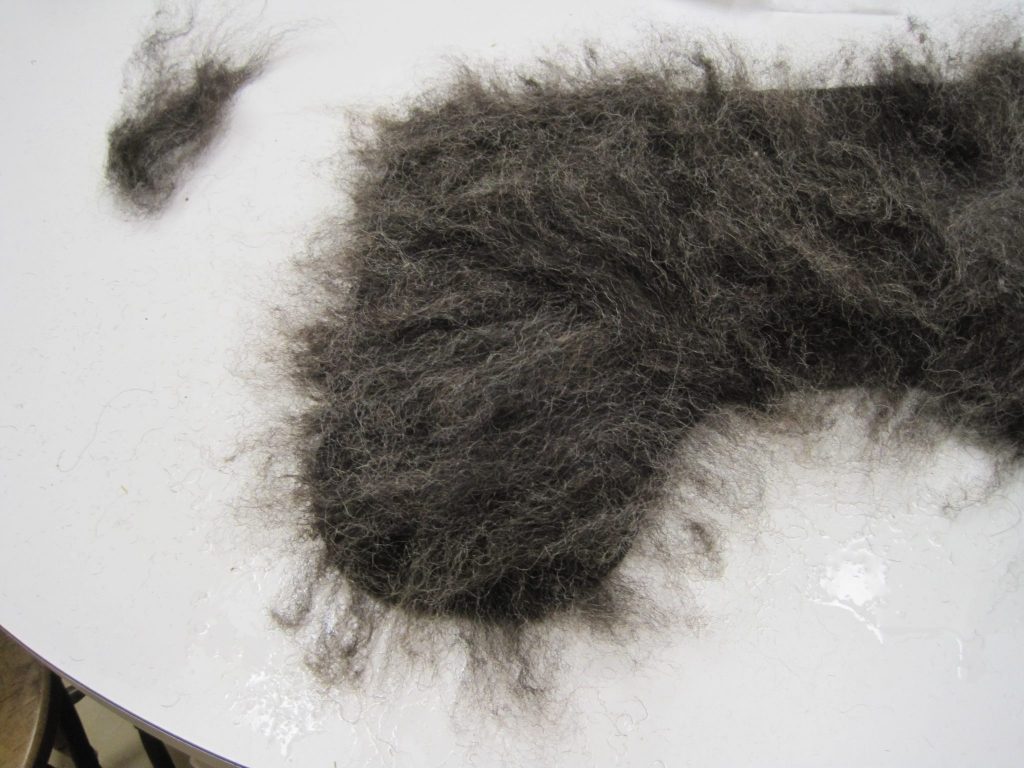

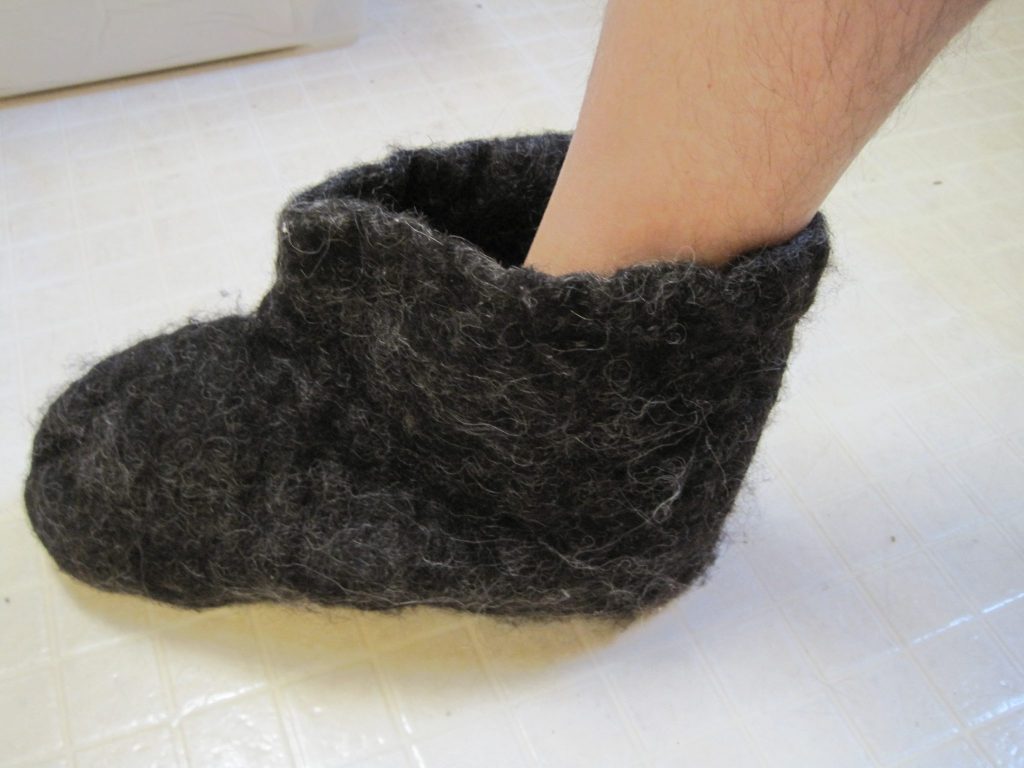
To get the slippers to fit my feet well, I’m going to shrink them around a set of lasts I made (with much difficulty!) of my feet:
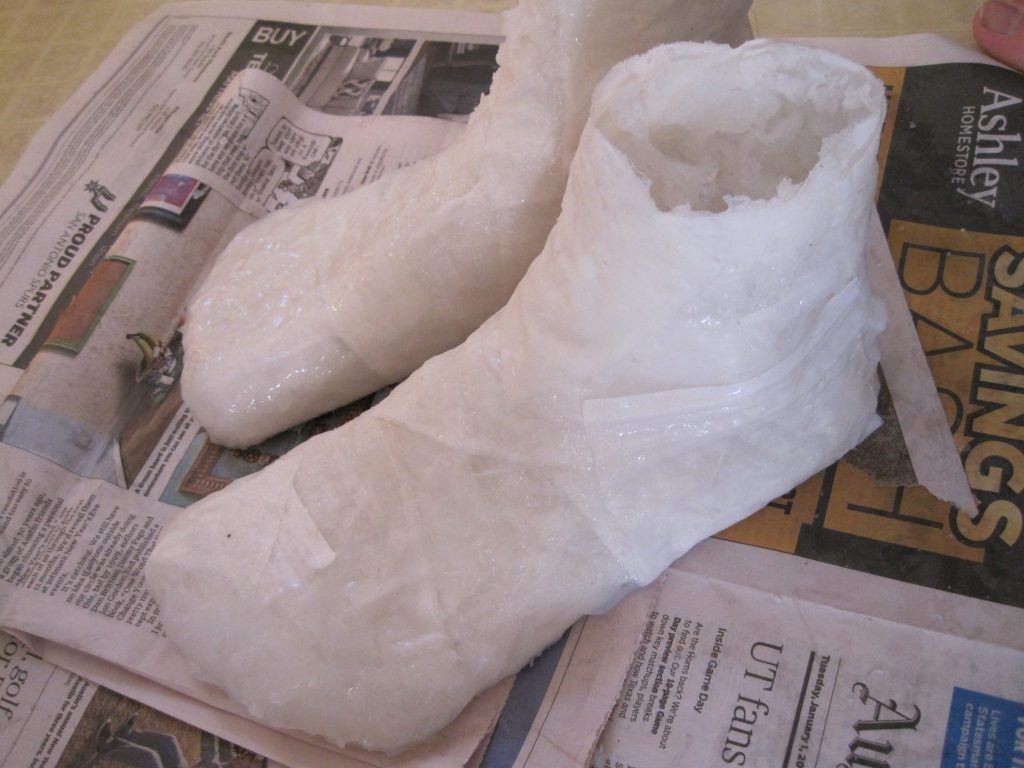
So this project is very much in progress. I’ll update y’all once I get more done!
